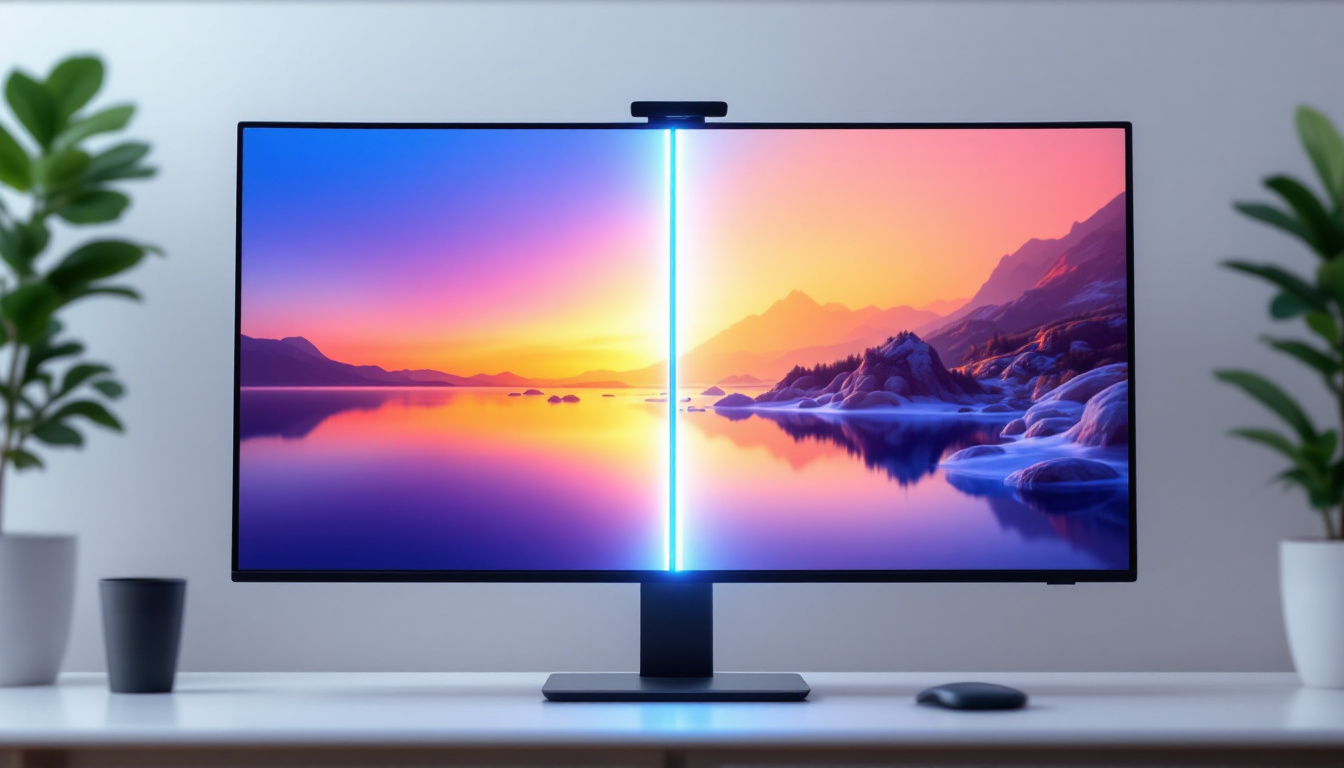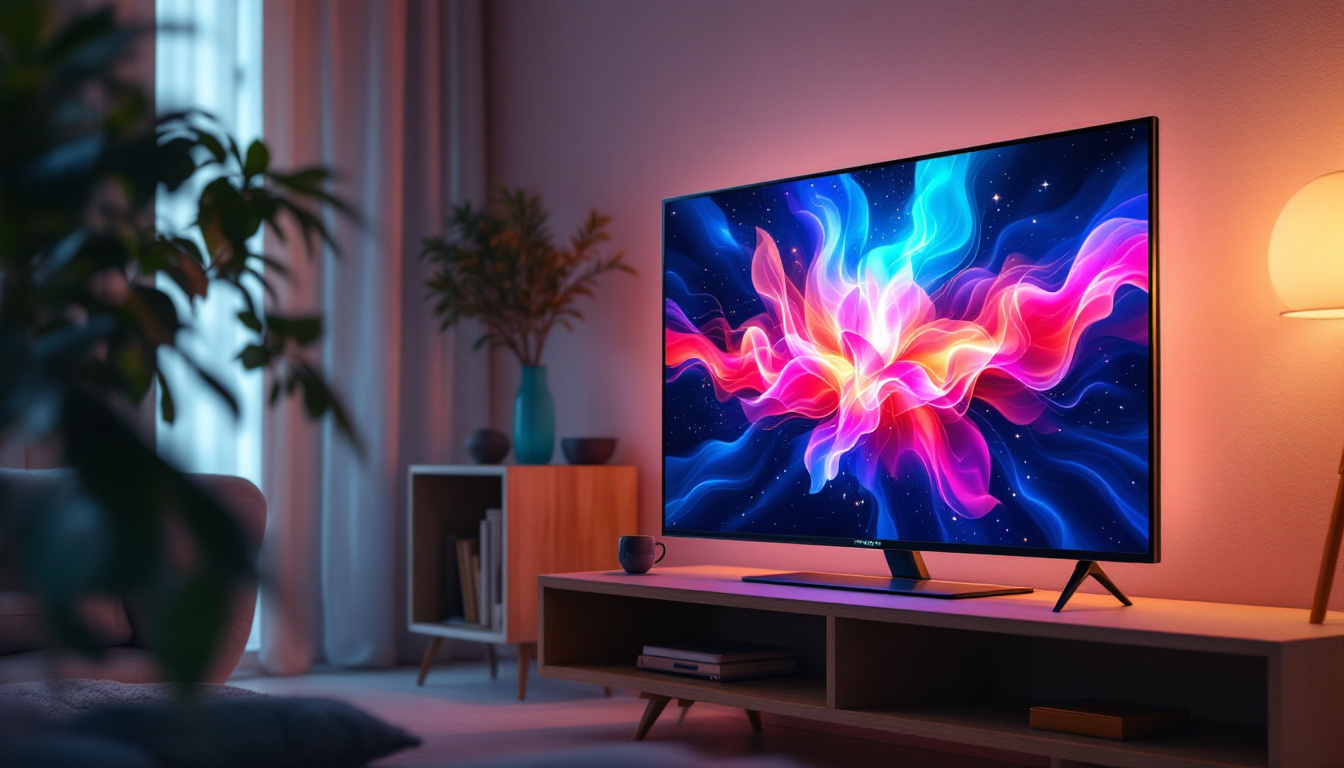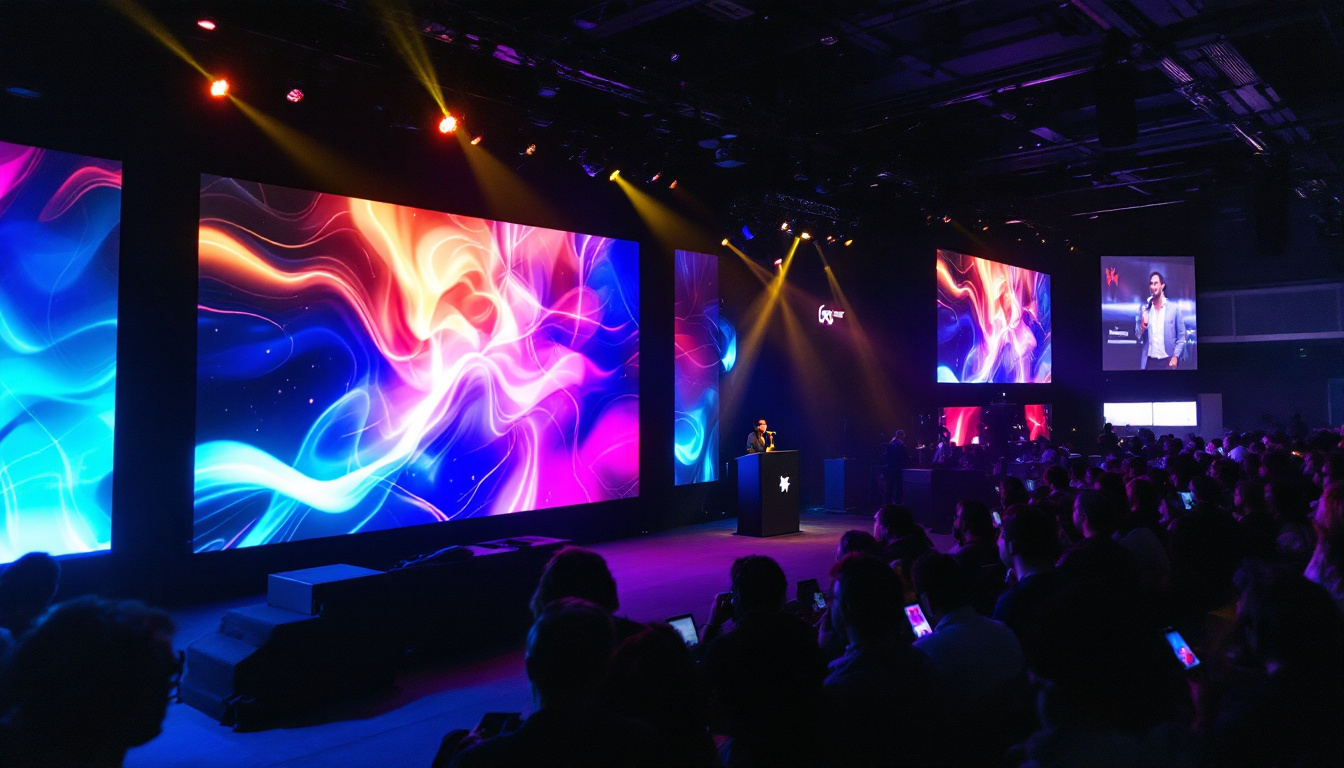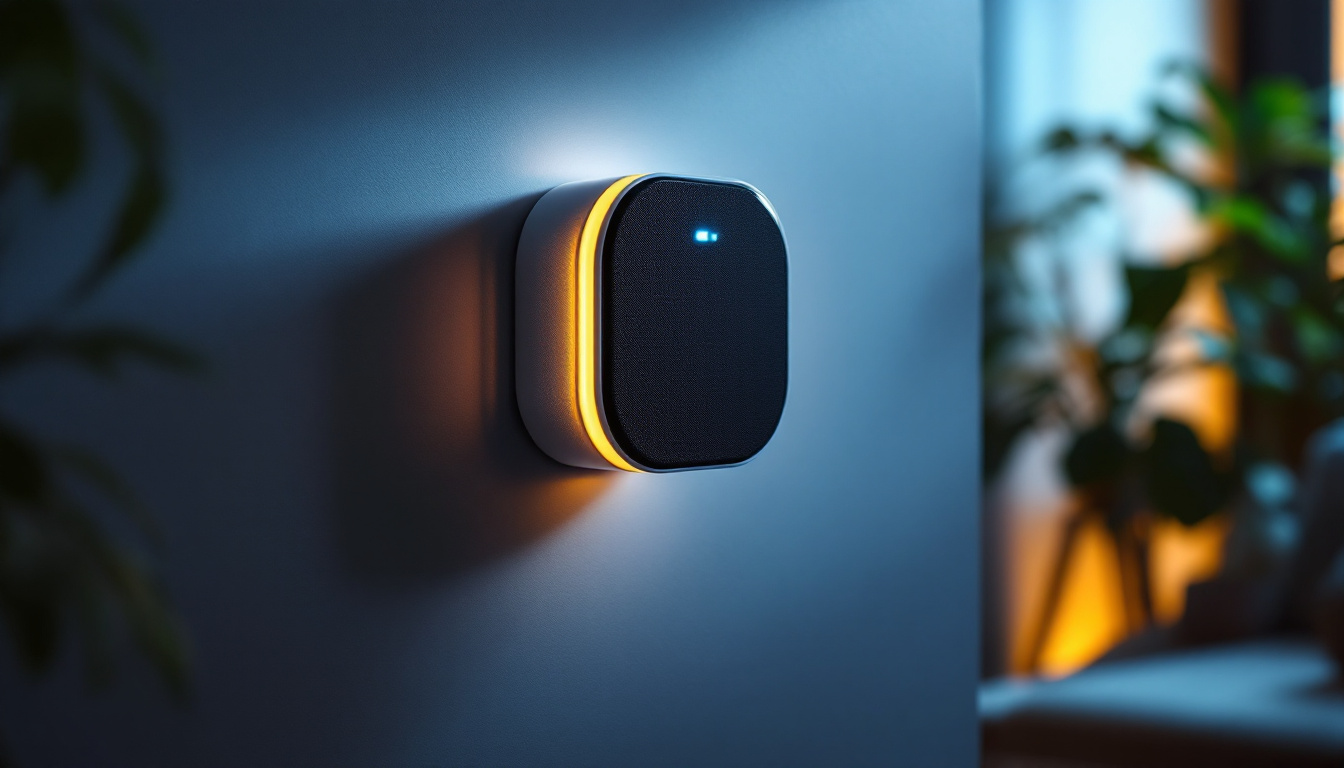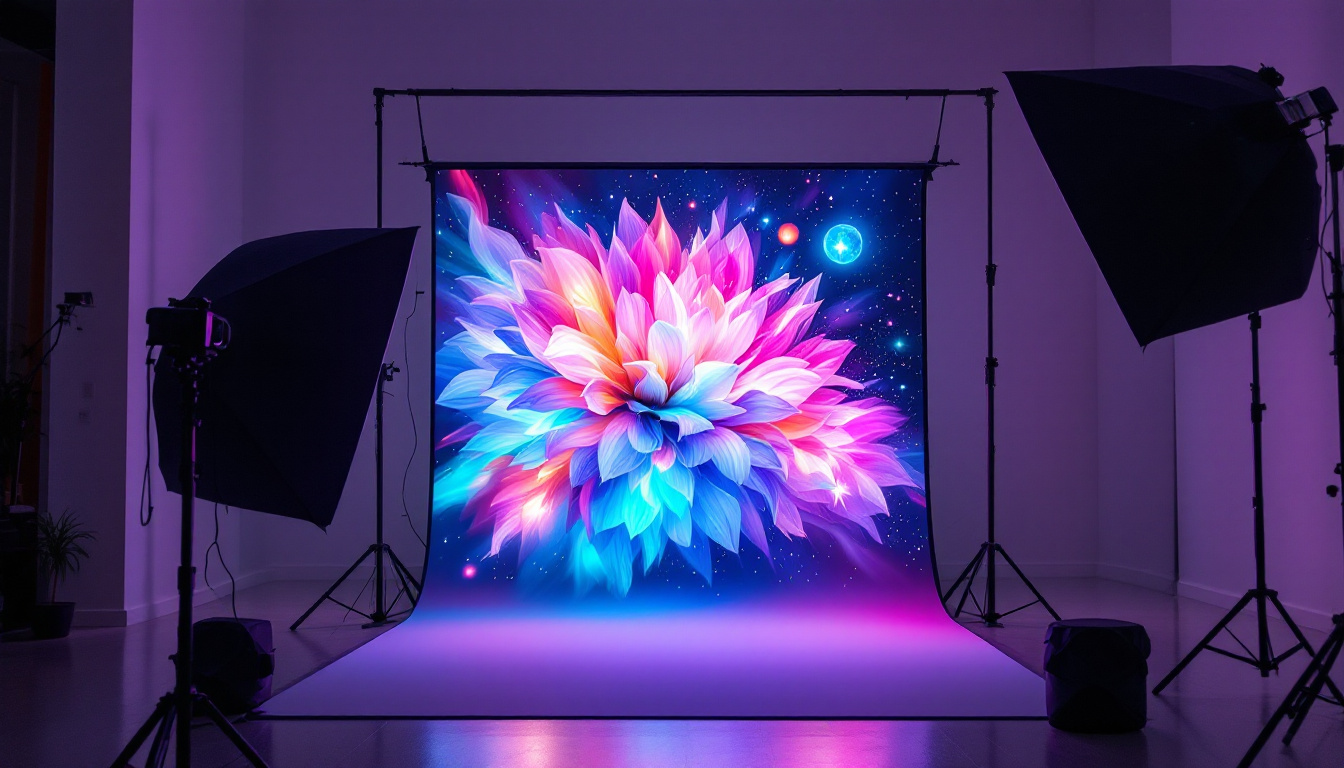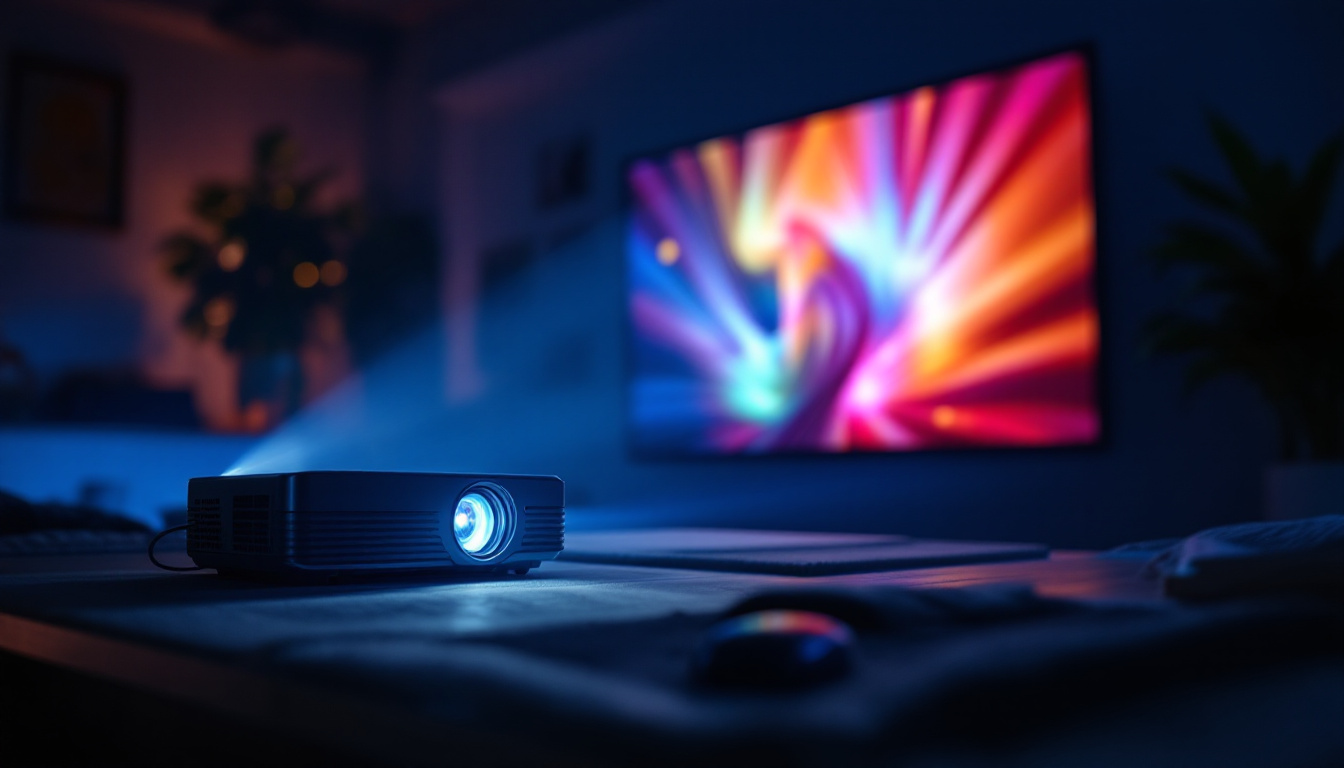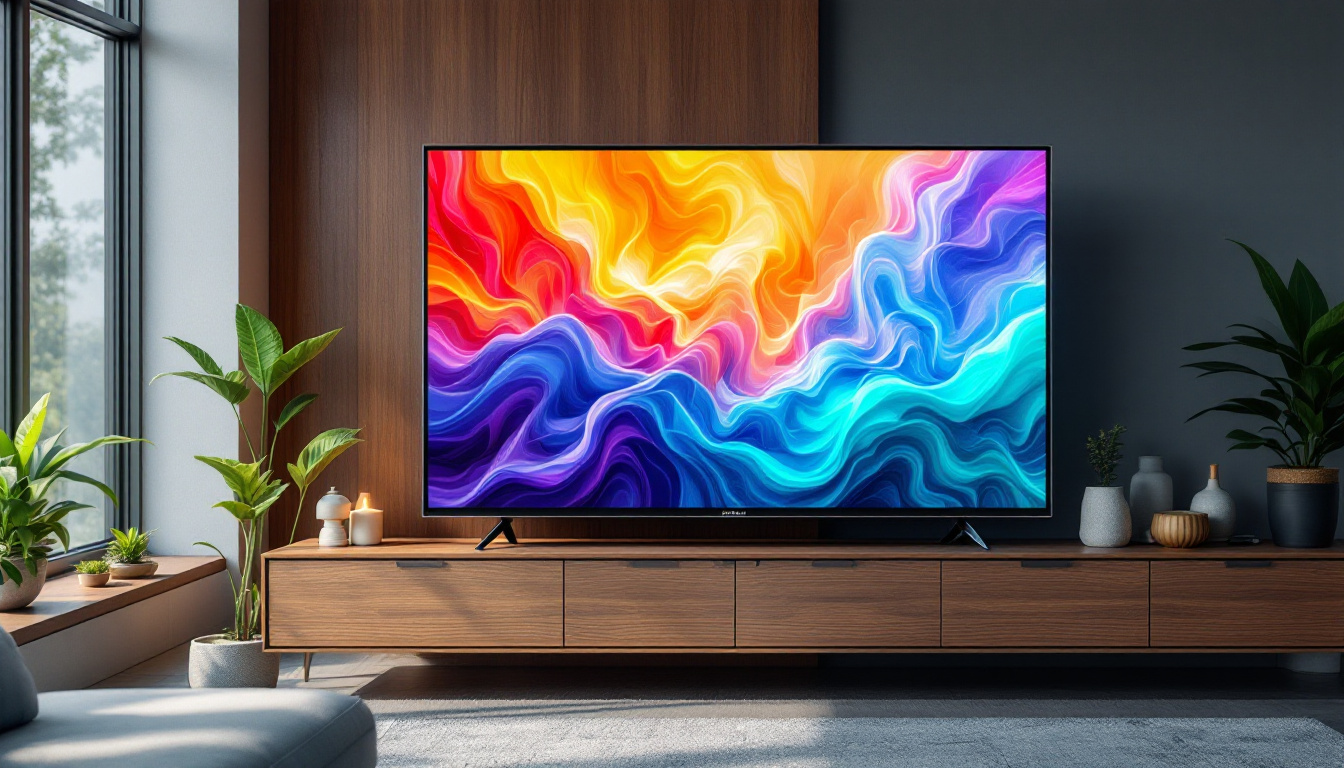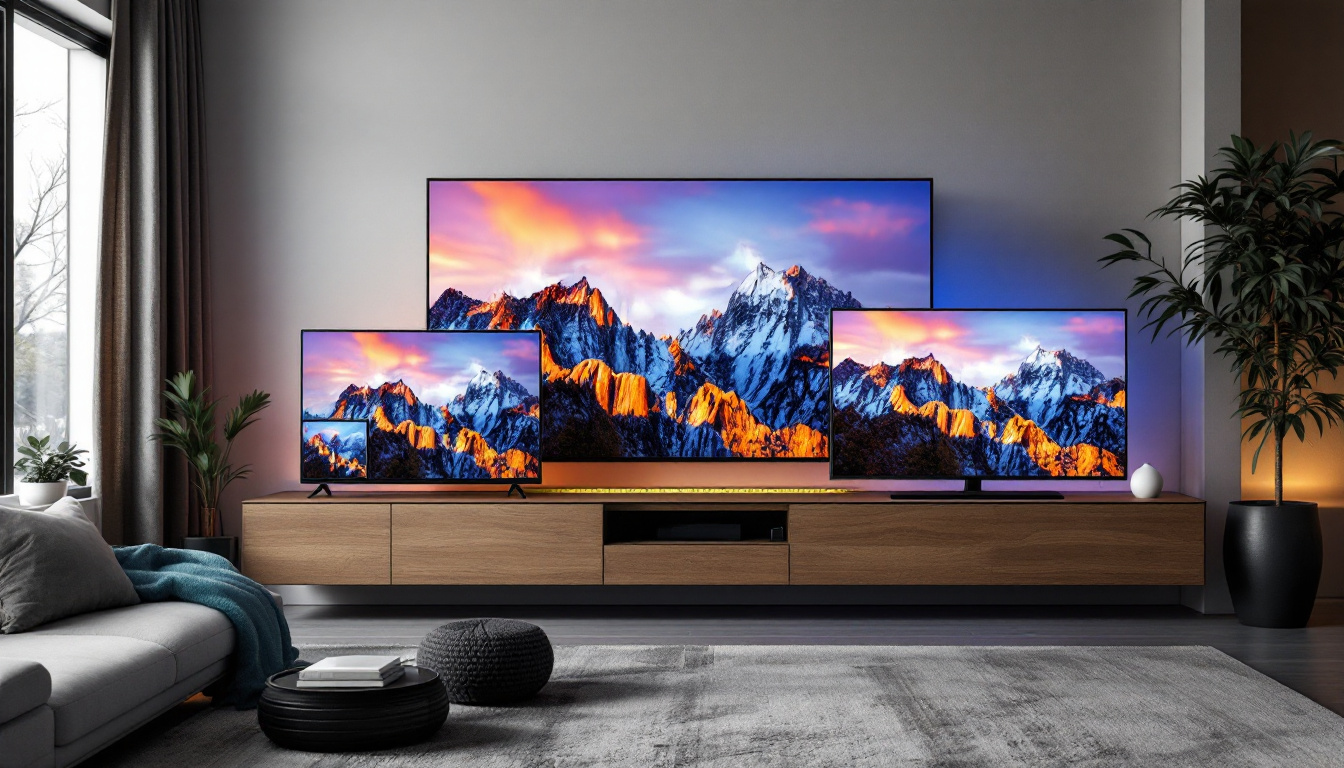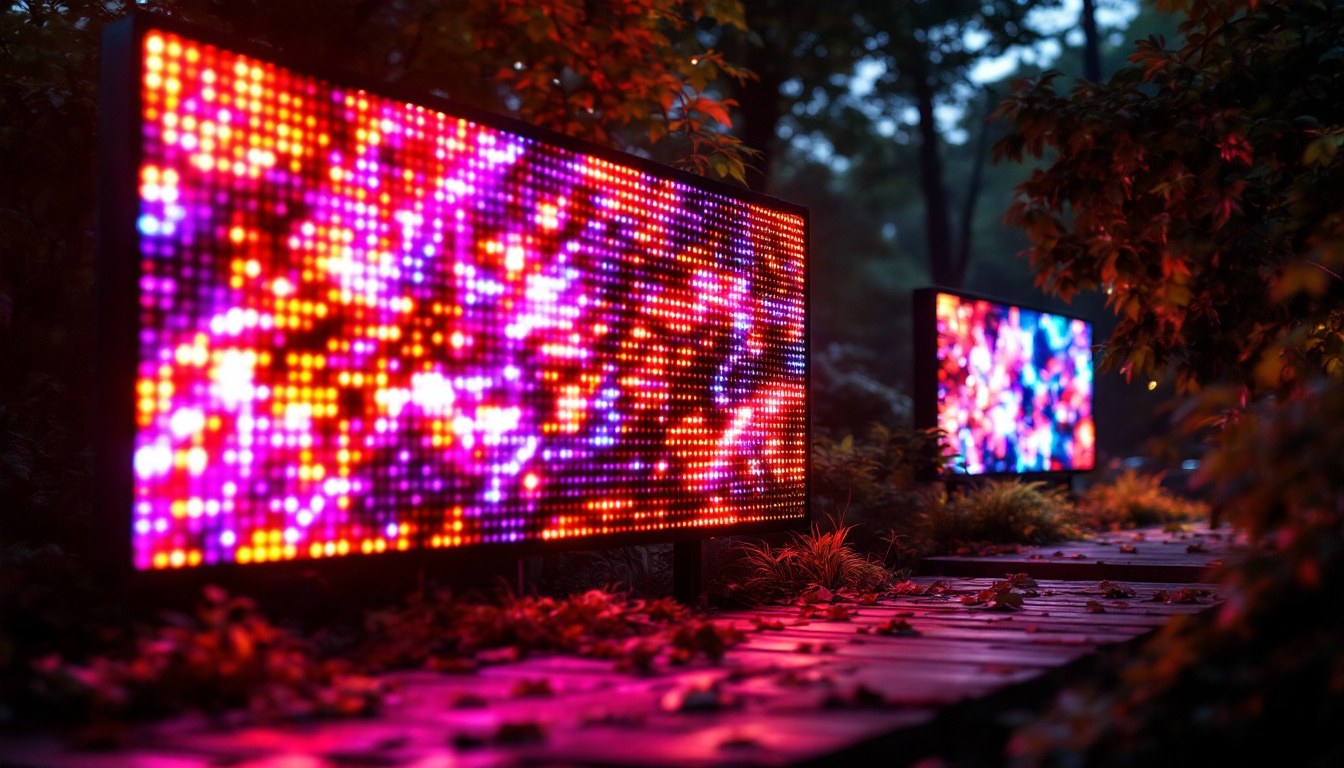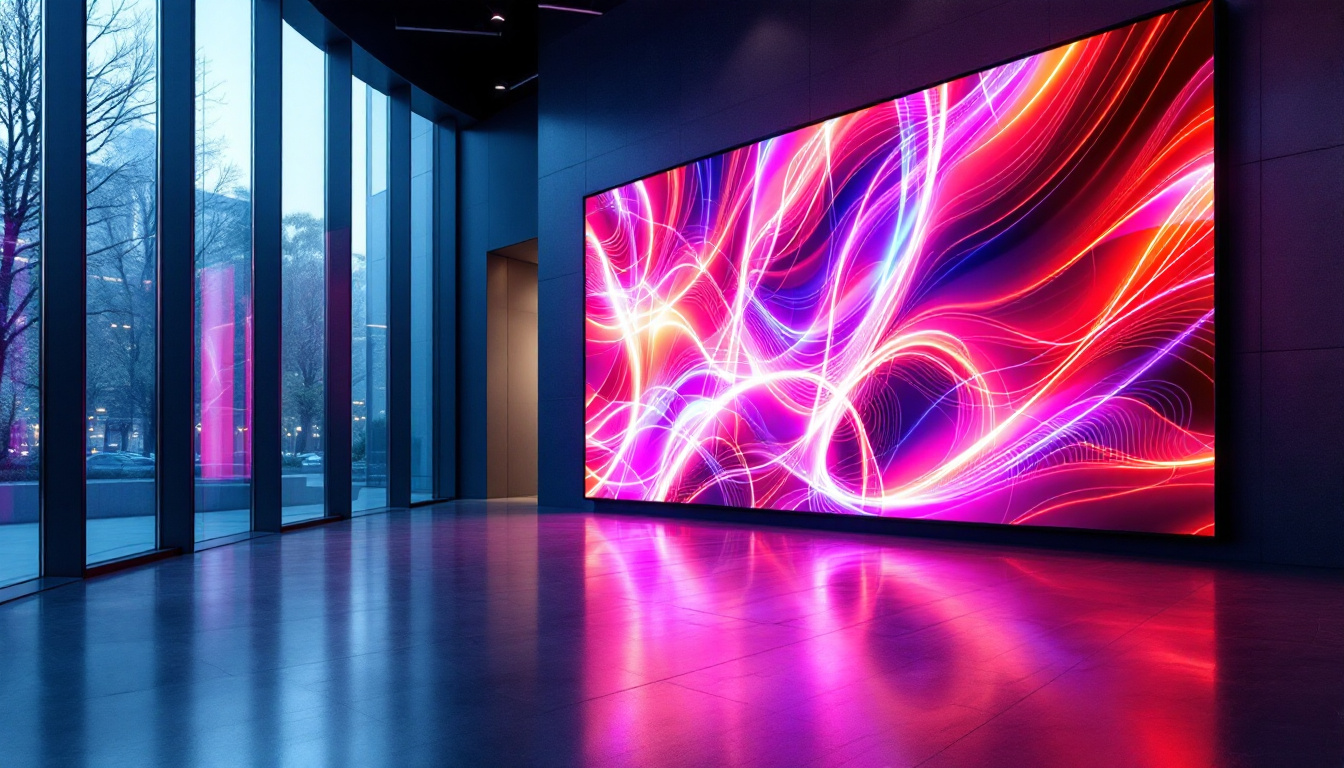In the realm of modern technology, the choice of display can significantly impact the user experience, whether it’s for gaming, professional work, or casual browsing. Among the various types of screens available, LCD (Liquid Crystal Display) monitors equipped with LED (Light Emitting Diode) backlighting have gained immense popularity. This article delves into the intricacies of LCD screen monitors and the role of LED technology in enhancing display performance.
Understanding LCD Technology
LCD technology has revolutionized the way screens are designed and utilized. At its core, an LCD monitor operates by manipulating light to create images. The display consists of liquid crystals sandwiched between two layers of glass, which can be controlled to allow varying amounts of light to pass through.
How LCD Works
The operation of an LCD monitor involves the use of a backlight, which is typically fluorescent or LED. The liquid crystals themselves do not emit light; instead, they modulate the light from the backlight to produce images. When an electric current is applied, the crystals align in such a way that they either block or allow light to pass through, creating the desired colors and images on the screen.
One of the key advantages of LCD technology is its ability to produce sharp images with high resolution. This makes it an ideal choice for various applications, from graphic design to gaming. Additionally, LCD monitors are generally lightweight and energy-efficient, making them a popular choice for consumers. They also tend to have a longer lifespan compared to older CRT monitors, which can be prone to burn-in and other issues. This durability, combined with their sleek designs, has led to widespread adoption in both home and office environments.
Types of LCD Monitors
There are several types of LCD monitors available on the market, each tailored to specific needs and preferences. The most common types include:
- Twisted Nematic (TN): Known for their fast response times, TN panels are favored by gamers. However, they often compromise on color accuracy and viewing angles.
- In-Plane Switching (IPS): IPS panels excel in color reproduction and viewing angles, making them suitable for professional photo editing and design work.
- Vertical Alignment (VA): VA panels offer better contrast ratios than TN and IPS, providing deeper blacks and vibrant colors, although they may have slower response times.
Each type of LCD monitor has its own strengths and weaknesses, catering to different user needs. Understanding these differences is crucial for making an informed purchasing decision. For instance, while TN panels may be the go-to choice for competitive gamers seeking rapid refresh rates, those engaged in graphic design might prioritize the superior color accuracy of IPS panels. Furthermore, the choice of panel technology can significantly affect the overall viewing experience, especially in multi-monitor setups where color consistency and viewing angles become paramount.
In addition to panel types, advancements in LCD technology have led to features such as adaptive refresh rates and HDR (High Dynamic Range) support, enhancing the visual experience even further. Adaptive refresh rates help reduce screen tearing during fast-paced action, while HDR allows for a broader range of colors and brightness levels, making images appear more lifelike. As technology continues to evolve, the future of LCD monitors looks promising, with ongoing innovations aimed at improving performance, energy efficiency, and user experience.
The Role of LED Backlighting
LED backlighting has transformed the traditional LCD monitor, enhancing its performance and visual appeal. Unlike older LCD models that used fluorescent backlights, LED technology provides several advantages that significantly improve the overall display quality.
Benefits of LED Backlighting
One of the primary benefits of LED backlighting is its energy efficiency. LED lights consume less power compared to traditional fluorescent lights, resulting in lower electricity bills and a reduced environmental footprint. This is particularly important for consumers who are conscious of their energy usage. Additionally, the longer lifespan of LED lights means that users can enjoy their monitors for years without needing to replace the backlighting, further contributing to sustainability.
In addition to energy savings, LED backlighting offers improved brightness and contrast. LED-lit LCD monitors can achieve higher levels of brightness, making them suitable for use in well-lit environments. Furthermore, the contrast ratios in LED monitors are often superior, resulting in deeper blacks and more vibrant colors. This enhanced color accuracy is crucial for professionals in fields such as graphic design and photography, where precise color representation is essential for their work.
Types of LED Backlighting
There are two main types of LED backlighting used in LCD monitors: edge-lit and full-array.
- Edge-Lit LED: In edge-lit monitors, LEDs are placed along the edges of the screen. This design allows for thinner displays but may result in uneven lighting in some cases. Despite this, edge-lit technology is often more affordable and lightweight, making it a popular choice for budget-conscious consumers.
- Full-Array LED: Full-array backlighting involves a grid of LEDs behind the entire screen. This setup provides more uniform brightness and allows for local dimming, enhancing contrast and black levels. Full-array monitors are particularly favored by gamers and movie enthusiasts who seek an immersive viewing experience with rich detail in dark scenes.
Choosing between edge-lit and full-array LED backlighting depends on the intended use of the monitor and the importance of display quality. For instance, while edge-lit monitors may suffice for everyday tasks like browsing and office work, full-array models are often recommended for users who engage in high-definition content creation or gaming. Furthermore, advancements in technology have led to hybrid models that combine the benefits of both types, offering users even more options to suit their specific needs.
As LED technology continues to evolve, we can expect further improvements in backlighting techniques, including the introduction of Mini-LED and MicroLED technologies. These innovations promise to deliver even greater control over brightness and contrast, pushing the boundaries of what is possible in display technology. With these advancements, the future of monitors looks increasingly promising, providing users with stunning visuals and enhanced performance for a variety of applications.
Comparing LCD Monitors with LED Displays
While the terms “LCD” and “LED” are often used interchangeably, it is essential to understand their distinctions. LCD refers to the technology used to create the display, while LED pertains to the type of backlighting employed.
Image Quality
When comparing image quality, LED-backlit LCD monitors generally outperform traditional LCD monitors with fluorescent backlighting. The enhanced brightness, contrast, and color accuracy of LED technology contribute to a more immersive viewing experience.
For professionals who rely on precise color reproduction, such as photographers and graphic designers, an LED-backlit IPS monitor may be the best choice. This combination offers the benefits of LCD technology while maximizing the advantages of LED backlighting.
Cost Considerations
Cost is another critical factor when evaluating LCD monitors. Generally, LED-backlit models tend to be more expensive than their traditional counterparts. However, the price difference is often justified by the superior performance and energy efficiency of LED technology.
For budget-conscious consumers, it is essential to weigh the benefits against the cost. While a traditional LCD monitor may be sufficient for basic tasks, investing in an LED-backlit model can enhance the overall experience, particularly for more demanding applications.
Applications of LCD Monitors with LED Technology
The versatility of LCD monitors with LED backlighting makes them suitable for a wide range of applications. From home entertainment to professional environments, these displays cater to various user needs.
Gaming
For gamers, the choice of monitor can significantly affect performance and enjoyment. LCD monitors with LED backlighting, particularly those with fast response times and high refresh rates, are ideal for gaming. They provide vibrant colors and sharp images, enhancing the overall gaming experience.
Additionally, features such as adaptive sync technologies (like G-Sync and FreeSync) can further improve gameplay by reducing screen tearing and stuttering, making LED-backlit monitors a popular choice among competitive gamers.
Professional Use
In professional settings, such as graphic design, video editing, and CAD applications, color accuracy and detail are paramount. LED-backlit IPS monitors are often preferred in these fields due to their superior color reproduction and wide viewing angles.
Moreover, many professionals appreciate the ergonomic features offered by modern monitors, such as adjustable stands and blue light filters, which can help reduce eye strain during long working hours.
Future of LCD and LED Technology
As technology continues to evolve, the future of LCD and LED displays looks promising. Innovations in display technology, such as OLED (Organic Light Emitting Diode) and MicroLED, are emerging as potential alternatives to traditional LCD and LED displays.
Emerging Technologies
OLED technology, for instance, offers self-emissive pixels that can produce true blacks and vibrant colors without the need for backlighting. This results in thinner displays and improved energy efficiency. However, OLED monitors can be more expensive and may suffer from burn-in issues, making them less suitable for certain applications.
MicroLED is another exciting development, combining the best aspects of OLED and LED technologies. MicroLED displays promise high brightness, excellent color accuracy, and no risk of burn-in, positioning them as a potential game-changer in the display market.
Continued Advancements
As manufacturers continue to innovate, it is likely that LCD and LED technology will also see advancements. This may include improvements in energy efficiency, color accuracy, and overall performance. Consumers can expect to see increasingly sophisticated monitors that cater to a wide range of needs, from casual use to professional applications.
Conclusion
In summary, LCD screen monitors with LED backlighting represent a significant advancement in display technology. Their ability to deliver high-quality images, energy efficiency, and versatility makes them a popular choice for various applications. Understanding the differences between LCD and LED technology, as well as the types of monitors available, is crucial for making informed purchasing decisions.
As technology continues to evolve, staying informed about the latest developments in display technology will empower consumers to choose the best monitors for their needs. Whether for gaming, professional work, or everyday use, the right monitor can enhance the overall experience and productivity.
Discover LumenMatrix’s Advanced LED Display Solutions
Ready to elevate your visual experience with the latest in display technology? Look no further than LumenMatrix, a pioneer in LED display innovation. From captivating Indoor and Outdoor LED Wall Displays to dynamic Vehicle and Sports LED Displays, LumenMatrix offers a comprehensive range of solutions designed to make your brand stand out. Whether you’re interested in a sleek LED Poster Display, an interactive Floor LED Display, or a Custom LED Display tailored to your unique needs, LumenMatrix has the technology to bring your vision to life. Embrace the future of visual communication and check out LumenMatrix LED Display Solutions today to create unforgettable visual experiences and share your message with unparalleled clarity and impact.

